How Much Does It Cost to Get Water to a Property?
Getting water to a property typically costs between $5,285 and $33,620, averaging $50 to $150 per linear foot. This includes materials, labor, trenching, and necessary permits. Costs vary based on the distance to the nearest water source, pipe material (copper, PEX, or PVC), local labor rates, and ground conditions. Additional expenses may arise if obstacles like tree roots, rocks, or existing infrastructure need to be navigated or removed. Hiring professionals ensures a reliable and compliant water supply, minimizing potential issues. Proper planning and budgeting are essential for a smooth and successful water line installation.
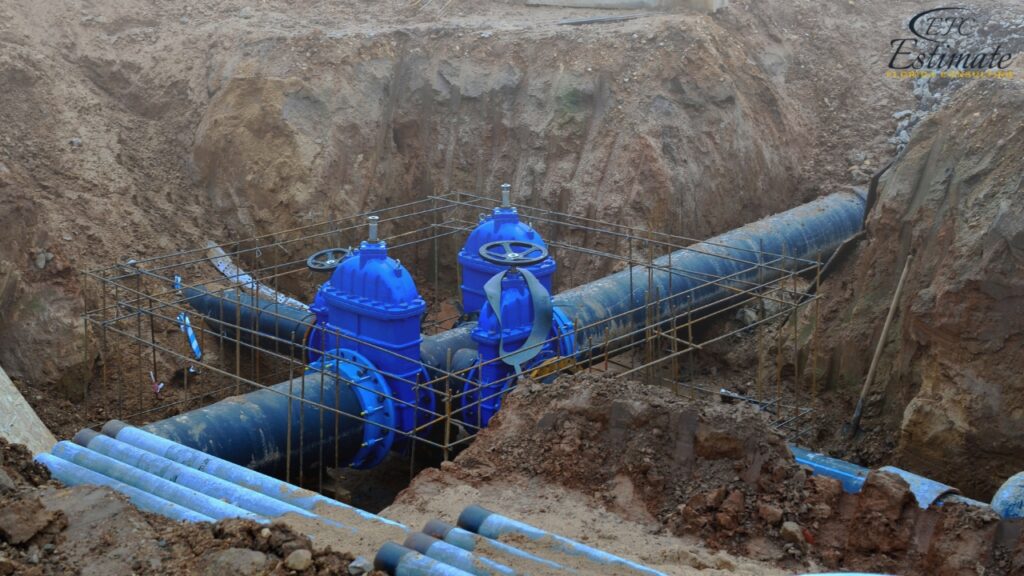
Factors Influencing the Cost of Getting Water to a Property
Distance from the Main Water Supply
The distance between the property and the nearest main water supply is a primary factor that affects the cost. The further the distance, the more materials and labor are required to install the water line. Additionally, longer distances might necessitate more complex installation techniques, including booster pumps to maintain adequate water pressure. Proper planning and accurate measurement of the distance are essential for estimating costs effectively. This helps in ensuring that all necessary resources are allocated and potential issues are anticipated.
Cost Breakdown by Distance
Distance from Main Supply | Estimated Cost per Linear Foot | Total Cost for 100 Feet |
50 feet | $15 – $45 | $750 – $2,250 |
100 feet | $15 – $45 | $1,500 – $4,500 |
200 feet | $15 – $45 | $3,000 – $9,000 |
Type of Water Source
The type of water source also impacts the overall cost. Common sources include municipal water connections, private wells, and rainwater harvesting systems. Each source has its own set of costs and considerations, such as installation complexity, maintenance requirements, and long-term sustainability. Evaluating the pros and cons of each option can help determine the most cost-effective and suitable water source for the property. Choosing the right water source can significantly affect both initial installation costs and long-term operational expenses.
Cost Breakdown by Water Source
Water Source | Estimated Cost Range | Total Cost |
Municipal Water Connection | $2,000 – $5,000 | $2,000 – $5,000 |
Private Well | $4,000 – $15,000 | $4,000 – $15,000 |
Rainwater Harvesting System | $3,000 – $10,000 | $3,000 – $10,000 |
Materials
The type and quality of materials used for the water line can significantly affect the cost. Common materials include PVC, copper, and PEX pipes, each with varying price points and characteristics. High-quality materials may offer greater durability and longevity, reducing maintenance and replacement costs in the long term. Careful selection of materials based on their performance and cost can optimize the overall budget. Using durable materials can also prevent frequent repairs and ensure a reliable water supply system.
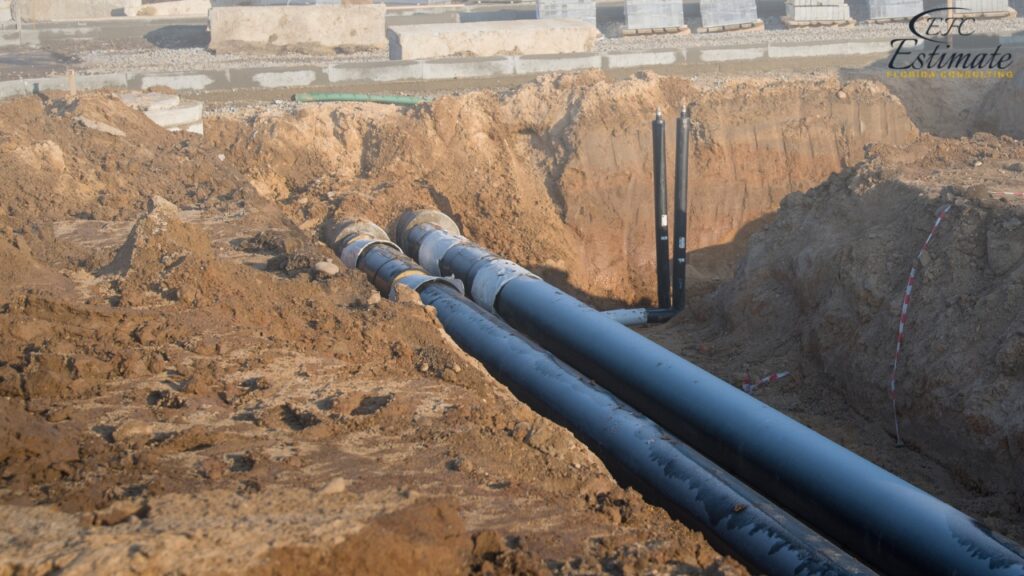
Cost Breakdown by Pipe Material
Pipe Material | Estimated Cost per Linear Foot | Total Cost for 100 Feet |
PVC | $2.60 – $5.20 | $260 – $520 |
Copper | $13 – $26 | $1,300 – $2,600 |
PEX | $3.90 – $6.50 | $390 – $650 |
Labor Costs
Labor costs are a significant component of the overall expense. The cost can vary based on the complexity of the installation, local labor rates, and the experience of the contractors. Skilled labor ensures proper installation, which is critical for the reliability and safety of the water supply. Investing in experienced professionals can prevent future issues and costly repairs, ensuring the system’s longevity and performance. Efficient project management and clear communication with the labor team can further optimize costs and timelines.
Cost Breakdown by Labor
Labor Task | Estimated Cost per Hour | Total Labor Hours for 100 Feet | Total Cost for 100 Feet |
Trenching | $65 – $130 | 10 – 15 | $650 – $1,950 |
Pipe Installation | $65 – $130 | 5 – 10 | $325 – $1,300 |
Connection and Testing | $65 – $130 | 2 – 4 | $130 – $520 |
Site Preparation
Proper site preparation is essential for installing a water line. This process can include clearing vegetation, digging trenches, and ensuring the site is accessible for installation. Effective site preparation not only facilitates smooth installation but also helps prevent future problems such as erosion and pipe damage. Investing in thorough site preparation can ensure a stable and secure water supply system. Well-prepared sites also help in minimizing installation delays and unexpected costs.
Get 5 New Leads Next 7Days With Our System
- Multi-Family Building
- Hotel Building
- Hospital Building
- Warehouse Building
- High-Rise Building
- Shopping Complex
Cost Breakdown by Site Preparation
Preparation Task | Estimated Cost per Linear Foot | Total Cost for 100 Feet |
Clearing and Digging | $2.60 – $6.50 | $260 – $650 |
Trench Backfilling | $1.30 – $3.90 | $130 – $390 |
Erosion Control | $1.30 – $2.60 | $130 – $260 |
Permits and Regulations
Obtaining the necessary permits and complying with local regulations are crucial for legal and safe installation. Permit costs can vary based on location and project scope. Ensuring compliance with regulations not only avoids legal issues but also guarantees that the installation meets safety and quality standards. Consulting with local authorities and understanding the regulatory requirements can streamline the permitting process. Proper documentation and timely approvals are essential to keep the project on schedule.
Cost Breakdown by Permits and Regulations
Permit and Compliance Task | Estimated Cost | Total Cost |
Permits | $65 – $390 | $65 – $390 |
Inspection Fees | $130 – $260 | $130 – $260 |
Regulatory Compliance | $130 – $390 | $130 – $390 |
Additional Components
Additional components such as valves, fittings, and insulation can add to the overall cost. These components are essential for the proper functioning and longevity of the water line. High-quality valves and fittings can prevent leaks and ensure a reliable water supply, while insulation can protect the pipes from freezing and damage. Investing in these components can enhance the overall efficiency and durability of the system. Proper selection and installation of these components are crucial for maintaining the system’s integrity and performance.
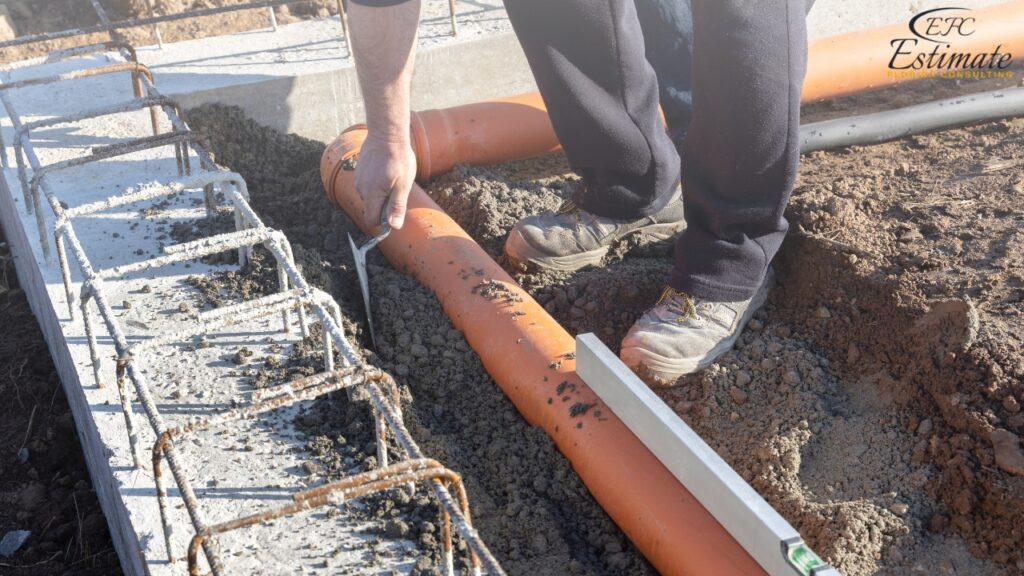
Cost Breakdown by Additional Components
Component | Estimated Cost per Unit | Total Cost for 100 Feet |
Valves | $13 – $39 | $130 – $390 |
Fittings | $6.50 – $26 | $65 – $260 |
Insulation | $1.30 – $2.60 per foot | $130 – $260 |
Additional Considerations
Seasonal Timing
The time of year can impact the cost and ease of installing a water line. Installing during dry, mild weather conditions can prevent delays and reduce complications related to soil conditions and weather-related disruptions. Planning the installation during favorable weather can ensure efficient progress and potentially lower costs associated with weather-related challenges. Additionally, avoiding peak construction seasons can lead to better availability of labor and materials, possibly reducing overall costs.
Trenchless Technology
In some cases, using trenchless technology can reduce the cost and disruption of running a water line. This method involves installing the pipe without extensive trenching, minimizing damage to existing landscaping and infrastructure. Although it may have a higher initial cost, trenchless technology can be more cost-effective in the long run by reducing restoration expenses and minimizing environmental impact. Trenchless methods can also expedite the installation process, leading to quicker project completion.
Maintenance Costs
Regular maintenance is essential to ensure the water line remains in good condition. This can include periodic inspections, repairs, and replacements of components. Budgeting for ongoing maintenance helps extend the lifespan of the water line and prevents costly repairs. Proactive maintenance can also help identify and address potential issues before they become major problems, ensuring a continuous and reliable water supply. Long-term maintenance planning can save money and enhance the system’s performance.
Environmental Considerations
Choosing environmentally friendly materials and installation methods can reduce the environmental impact of running a water line. This includes using pipes made from recyclable materials and implementing erosion control measures to protect surrounding ecosystems. Sustainable practices not only benefit the environment but can also enhance the property’s value and appeal to environmentally conscious buyers. Environmentally friendly installations can also comply with green building standards, possibly qualifying for incentives or rebates.
Financing Options
Financing the installation of a water line may involve exploring different financing options such as loans, grants, or partnerships. Understanding the terms and conditions of these options can help property owners secure the necessary funds. Different financing options may offer varying interest rates and repayment terms, so it’s important to compare your choices carefully to find the most suitable solution for your financial situation. Working with financial advisors can help identify the best financing strategies and optimize funding for the project.
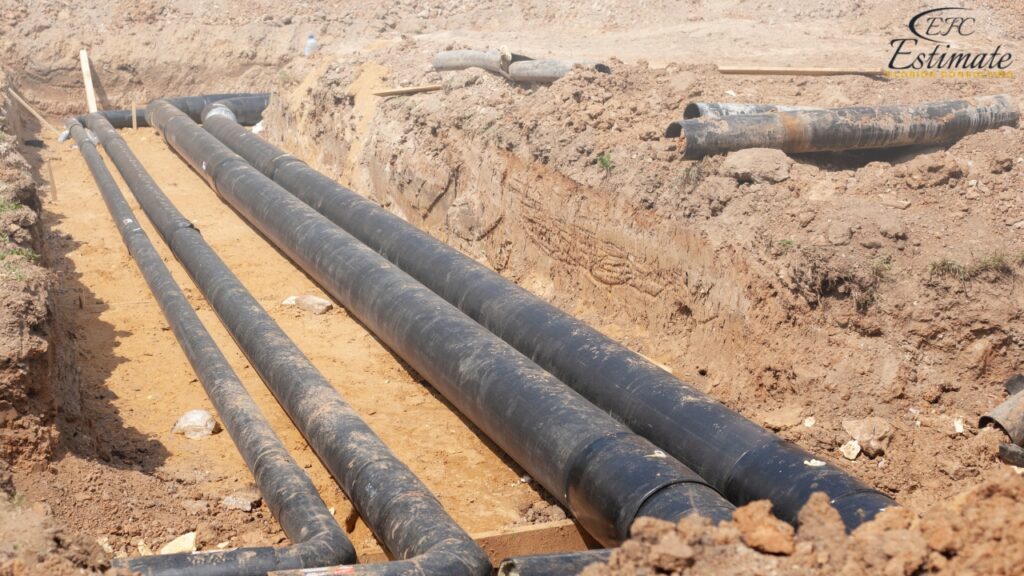
Cost Breakdown by Financing Options
Financing Option | Estimated Interest Rate Range | Total Interest Cost (for $5,000 loan) |
Construction Loan | 4% – 8% | $200 – $400 |
Government Grant | Variable | Dependent on grant terms |
Public-Private Partnership | Variable | Dependent on agreement |
Choosing the Right Contractor
Selecting a reliable and experienced contractor is crucial for the successful installation of a water line. Homeowners should research potential contractors, check references, and obtain multiple quotes to ensure they receive quality service at a fair price. A good contractor can also provide valuable guidance on the best materials and installation methods for your project, ensuring high-quality results and compliance with local regulations.
Evaluating Contractor Quotes
When evaluating quotes from contractors, it’s essential to compare the scope of work, materials used, and warranties offered. The lowest quote isn’t always the best option, as it may exclude critical components or use inferior materials. Reviewing the details of each quote helps ensure you’re getting the best value for your investment. Thoroughly vetting contractors can prevent issues and ensure the project stays within budget and on schedule.
Checking Licenses and Insurance
Ensure that the contractor holds the necessary licenses and insurance to perform the work. Proper licensing indicates that the contractor meets local regulatory standards, while insurance protects homeowners from potential liabilities or damages during the project. Verifying these credentials can give you peace of mind and protect you from unexpected issues. Ensuring the contractor is properly insured can also provide financial protection in case of accidents or damage.
Project Timeline
Discussing the project timeline with the contractor is essential for planning and coordination. Understanding the expected duration of the installation helps homeowners schedule their activities accordingly and ensures that the project progresses smoothly. A clear timeline can also help you plan for any disruptions to your water service and ensure that the project stays on track. Regular updates from the contractor can keep you informed about progress and any potential delays.
Download Template For Plumbing Project Breakdown
- Materials list updated to the zip code
- Fast delivery
- Data base of general contractors and sub-contractors
- Local estimators

Conclusion
Getting water to a property involves various costs, including the distance from the main supply, type of water source, materials, labor, site preparation, permits, and additional components. By understanding and planning for these costs, property owners can create a realistic budget and ensure the successful completion of their project. Proper budgeting for all aspects of the project helps avoid financial surprises and ensures the water line is installed to high standards. With careful planning and attention to detail, property owners can achieve a functional and reliable water supply that meets their needs and stands the test of time. Working with experienced professionals and considering all relevant factors can help ensure a smooth and cost-effective installation process, ultimately leading to a successful and sustainable development.
FAQs
The cost typically ranges from $5,285 to $33,620, averaging $50 to $150 per linear foot. This includes materials, labor, trenching, and necessary permits.
Key factors include the distance from the main water supply, type of water source, pipe material, labor costs, site preparation, permits, and additional components.
The distance significantly affects the cost as longer distances require more materials and labor. Here’s a breakdown:
- 50 feet: $750 – $2,250
- 100 feet: $1,500 – $4,500
- 200 feet: $3,000 – $9,000
Common water sources include:
- Municipal Water Connection: $2,000 – $5,000
- Private Well: $4,000 – $15,000
- Rainwater Harvesting System: $3,000 – $10,000
Different materials have varying costs and characteristics:
- PVC: $2.60 – $5.20 per linear foot
- Copper: $13 – $26 per linear foot
- PEX: $3.90 – $6.50 per linear foot
Google Reviews

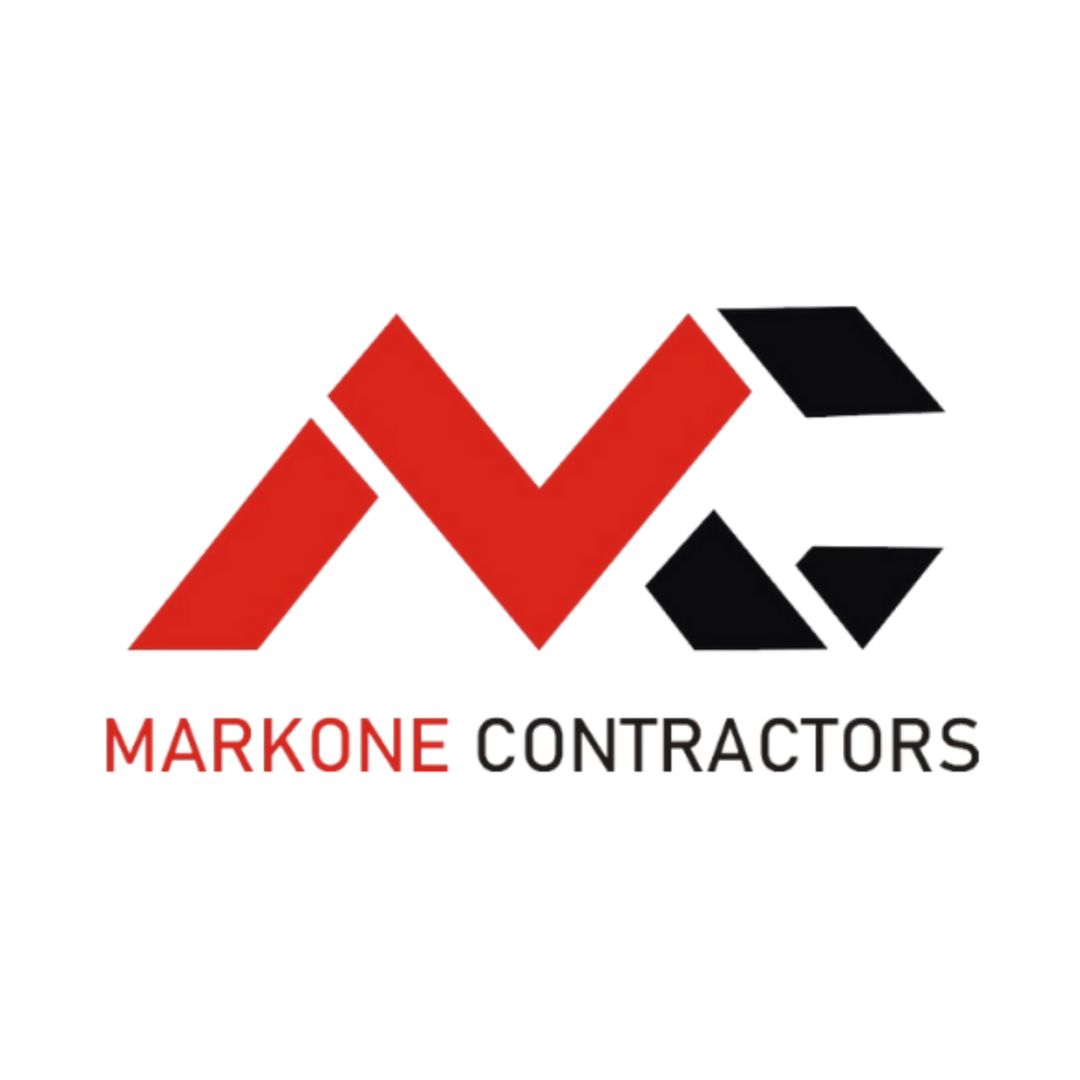

Process To Get Water to a Property Estimate Report
Here I am going to share some steps to get water to a property estimate report.
-
You need to send your plan to us.
You can send us your plan on info@estimatorflorida.com
-
You receive a quote for your project.
Before starting your project, we send you a quote for your service. That quote will have detailed information about your project. Here you will get information about the size, difficulty, complexity and bid date when determining pricing.
-
Get Estimate Report
Our team will takeoff and estimate your project. When we deliver you’ll receive a PDF and an Excel file of your estimate. We can also offer construction lead generation services for the jobs you’d like to pursue further.

